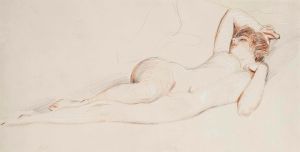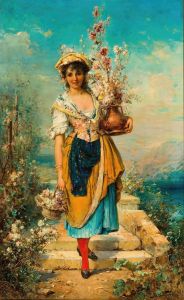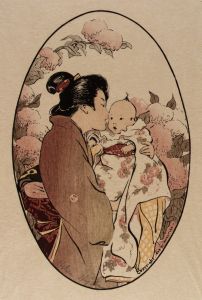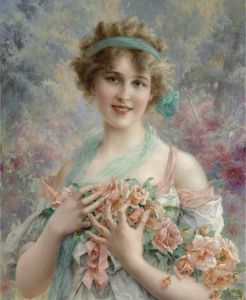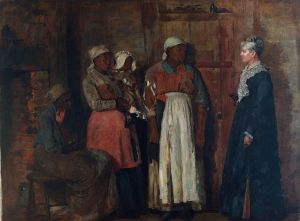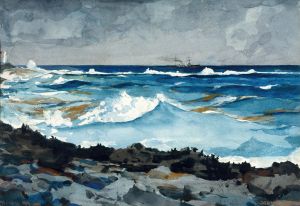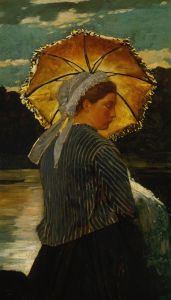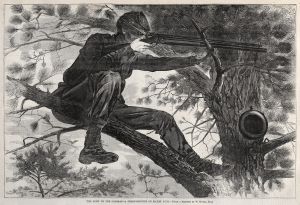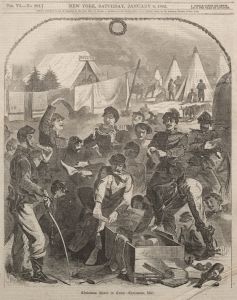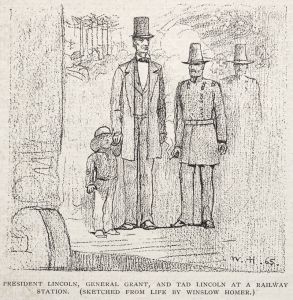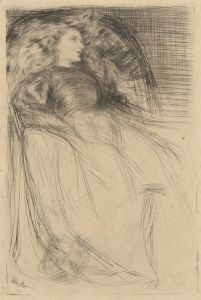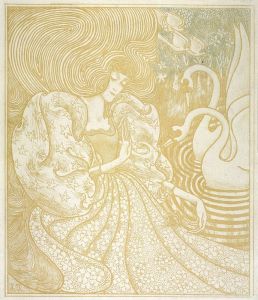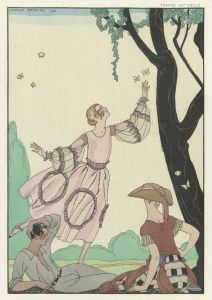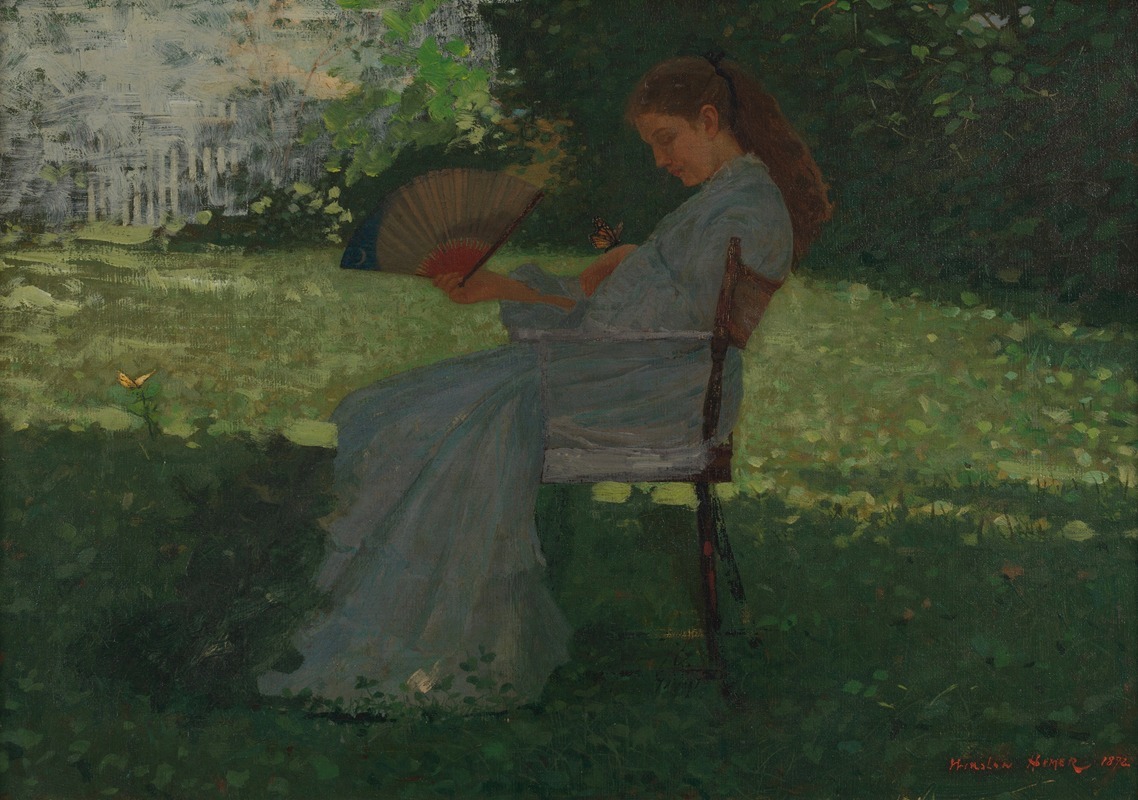
The Butterfly
A hand-painted replica of Winslow Homer’s masterpiece The Butterfly, meticulously crafted by professional artists to capture the true essence of the original. Each piece is created with museum-quality canvas and rare mineral pigments, carefully painted by experienced artists with delicate brushstrokes and rich, layered colors to perfectly recreate the texture of the original artwork. Unlike machine-printed reproductions, this hand-painted version brings the painting to life, infused with the artist’s emotions and skill in every stroke. Whether for personal collection or home decoration, it instantly elevates the artistic atmosphere of any space.
Winslow Homer, an American artist renowned for his landscape paintings and marine subjects, created "The Butterfly" in 1878. This work is an exemplary piece from Homer's period of artistic exploration and development during the late 19th century. Known for his ability to capture the subtleties of nature and human interaction with the environment, Homer’s work during this time often reflected a keen observation of the world around him.
"The Butterfly" is a watercolor painting, a medium Homer increasingly favored for its versatility and the immediacy it allowed in capturing light and color. Watercolor became a significant part of his oeuvre, especially during the latter part of his career, as it enabled him to work outdoors and respond directly to the changing conditions of nature.
In "The Butterfly," Homer depicts a young girl in a pastoral setting, engaged in the simple yet absorbing activity of observing a butterfly. This subject matter aligns with Homer's frequent focus on rural life and the innocence of childhood, themes that were prevalent in his work during the 1870s. The painting captures a moment of quiet contemplation and the beauty of nature, elements that are hallmarks of Homer’s style.
The composition of "The Butterfly" is characterized by its simplicity and clarity. Homer’s use of watercolor allows for a delicate rendering of the scene, with soft washes of color that convey the gentle light and atmosphere of the setting. The girl is portrayed with a sense of immediacy and presence, her attention fully absorbed by the butterfly, which symbolizes the fleeting nature of beauty and the transience of life.
Homer's technique in this painting demonstrates his mastery of watercolor, with precise brushwork and a subtle palette that enhances the naturalistic quality of the scene. The use of light and shadow is particularly effective in creating a sense of depth and dimension, drawing the viewer into the tranquil world of the painting.
"The Butterfly" reflects Homer's broader artistic interests during this period, which included a fascination with the natural world and a desire to capture the essence of American life. His work from this time often depicted scenes of leisure and the simple pleasures of rural existence, themes that resonated with the cultural and social context of post-Civil War America.
This painting is part of a larger body of work that showcases Homer's development as an artist and his contribution to American art. His ability to convey emotion and narrative through the depiction of everyday scenes has cemented his reputation as one of the foremost painters of his time.
"The Butterfly" remains a testament to Winslow Homer's skill and vision, highlighting his unique ability to blend realism with a poetic sensibility. Through this work, Homer invites viewers to pause and appreciate the beauty of the natural world and the quiet moments that define human experience.





